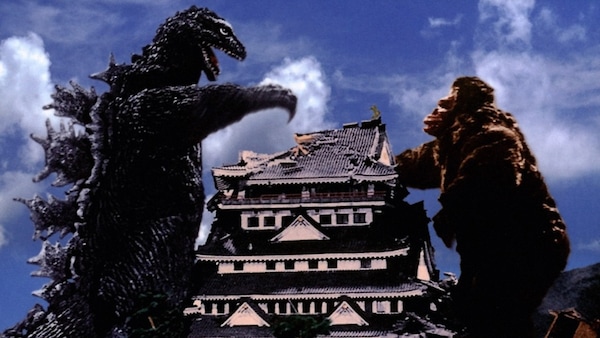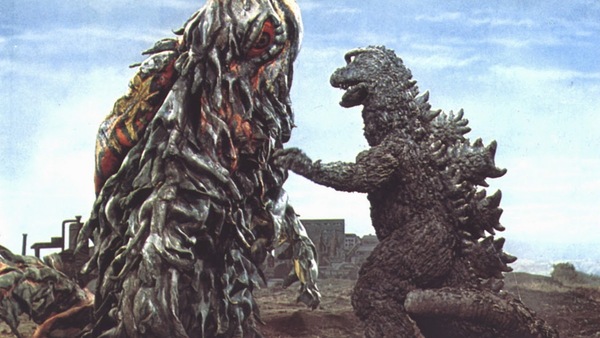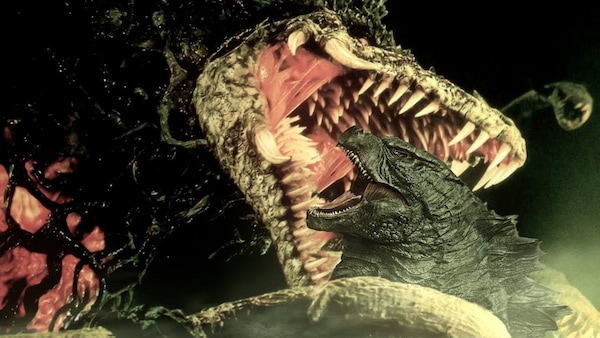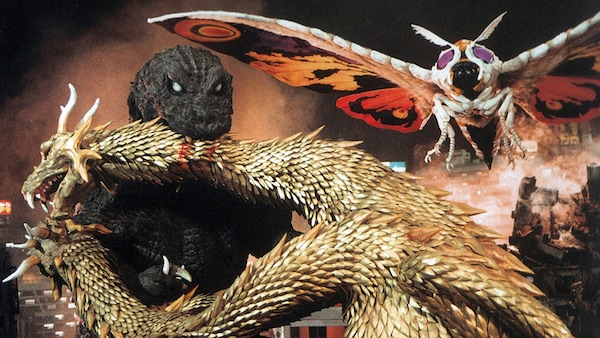Godzilla Turns 70: 5 Lesser-Known Films To Feature The Creature
Mega-Monster-Marathon, incoming! Steven Rawle compiles.

Last Updated: 06.27 PM, Nov 04, 2024
This column is part of our newsletter The Daily Show dated November 4, 2024. Subscribe here. (We're awesome about not spamming your inbox!)
***
JAPAN’S GREATEST MONSTER, Godzilla, turned 70 on November 3, the anniversary of the first movie to feature the character. Godzilla (1954) was a stark exercise in processing the trauma of the Nagasaki and Hiroshima bombings, but its success inspired the longest-running film franchise in history, with 37 sequels.
The many Godzilla movies made by Toho, one of Japan’s biggest film studios, reflect the country’s complex history as victims of the only nuclear bombings and as a rapidly developing economy in the 20th century. The two most recent live-action films, Shin Godzilla (2016) and Godzilla Minus One (2023), updated these themes for this century. They respectively criticised the response to the 2011 Tōhoku earthquake and tsunami and Fukushima meltdown, even as they nostalgically captured a resurgent Japanese nationalism.
Of all 38 movies to feature the creature, these five are the best lesser-known Godzilla films to watch, for a mega-monster-marathon.

1. King Kong vs. Godzilla (1962)
Godzilla first met his American counterpoint, King Kong, long before their recent showdowns in the two American Godzilla vs Kong movies.
King Kong vs Godzilla (1962) began life as 'King Kong vs Frankenstein'. The brainchild of American special effects luminary Willis O’Brien, it found its way to Japan when Hollywood studios passed on it. In changing Frankenstein to Godzilla, the film became a criticism of the 1960 security treaty between the US and Japan. But it also developed into a scathing criticism of rampant consumerism in modernising Japan, focusing on a big pharmaceutical company’s effort to exploit Kong for ratings.
The result is a widescreen spectacular that mashes together popular trends from 1960s Japan, puroresu (pro-wrestling) and its sensational stars. It set the tone for the rest of the 1960s Godzilla movies but is not unproblematic, as it features Japanese actors in brownface as Polynesian islanders.

2. Godzilla vs. Hedorah (1971)
This Godzilla film is one of the most idiosyncratic. Part animated with psychedelic nightclub scenes, it was the only film directed by Yoshimitsu Banno, who was later instrumental in bringing Godzilla to Hollywood in the 2010s.
A tiny tadpole falls to Earth and grows huge feeding on polluted oceans. Hedorah, taking is name from the Japanese word for slime, launches gruesome acid rain attacks on people and animals. Step forward environmental protector Godzilla, now far from a metaphor for the atomic bomb, to fight off the smog monster.
Non-existent environmental policies in Japan made it one of the world’s most polluted nations by the late 1960s. Abandoning traditional spiritual respect for the land, the country’s pursuit of economic progress inspired the growing environmental awareness of Godzilla movies. But it is also directly critical of a hypocritical young generation who preached respect for the environment but ended up totally incapable of protecting it.

3. Godzilla vs. Biollante (1989)
Godzilla vs. Biollante was developed from a dentist’s entry to a story competition that aimed to reignite the series after the lukewarm reception of Godzilla in 1984. It was partly inspired by The Little Shop of Horrors (1986).
After the monster’s Tokyo rampage, Japanese scientists and predatory American biotech companies fight over Godzilla’s cells to develop either genetically modified crops or weapons. But, after his daughter is killed in a terrorist attack, one of the researchers secretly merges a rose he believes houses her soul with some of the “G-cells”. It becomes Biollante, a giant mutated plant.
While it is still concerned with nuclear energy – the 1986 Chernobyl disaster took place during its development – the film is more focused on biotechnology and the global race for domination. Japanese industry was changing in the 1980s, away from polluting manufacturing. Deregulation led to a massive growth in pharmaceuticals, but behind this were continued tensions between the US and Japan.

4. Godzilla, Mothra and King Ghidorah: Giant Monsters All-Out Attack (2001)
This film is a fan favourite and a radical writing of the monster’s origins, reuniting Godzilla with two of his main adversaries: the goddess Mothra, and the three-headed alien dragon King Ghidorah. This is one of the few times these giant creatures are imagined as more traditional kami, i.e. protective spirits who typically inhabit places and influence nature.
Japanese researchers such as Yomota Inuhiko have interpreted Godzilla in this film as a vision of the wartime dead and the guilt carried by those who survived and enjoyed post-war prosperity. Japan has long struggled to reflect on the events of World War II, and this is also controversially reflected in Godzilla Minus One. In the film, former soldiers are given a second chance to fight off an aggressive invader, after their defeat by the US the first time round.

5. Godzilla: Final Wars (2004)
This 50th anniversary celebration, directed by cult auteur Ryuhei Kitamura, is a mash up of all of Tōhō’s kaijū (the Japanese term meaning “strange beasts” that is usually used to describe these giant creatures). It’s great fun to see the real Japanese Godzilla smash Hollywood’s reviled attempt at the monster into the Sydney Opera House. Nevertheless, the film was a box office flop and Tōhō didn’t make another Godzilla film for 12 years.
Godzilla’s history has repeatedly reflected the changing preoccupations of this century and the last. As the biggest film star in the world graces our screens once more in Godzilla x Kong 3: Age of Titans (2025), the septuagenarian icon’s filmography will only grow more diverse. Go! Go! Godzilla!
Steven Rawle is Professor of Film, York St John University. This essay originally appeared in The Conversation and is republished here under the Creative Commons Licence.
